Lyova (Levon) Arakelyan, Levon’s Divine Underground
About the Artist/Site
In the spring of 1985 construction worker Lyova Arakelyan was asked by his wife Tosya Gharibyan to excavate a small space under the basement of their modest village home so that she could have a cool place to store the potatoes she grew in her garden. At age 44, with the tools and understanding of materials that he had gained in his trade, he began to do so, but this small task turned into a monumental project that he continued until his death. He thought that perhaps part of the space could also be used as a wine cellar, where he could enjoy visiting with his friends, but he soon forgot about the potatoes, the wine, and everything else except for continuing to dig, and Tosya never was able to use the cavern as a storage cellar for her potatoes.
Tosya remembers that Arakelyan had a series of visions in which a spirit voice provided him with detailed measurements for the space that he was to build, and, indeed, the dimensions of the existing cave reflect that vision. This voice energized him sufficiently to dig past the topsoil through the basalt rock layer underlying the village that the neighbors had always believed to be impenetrable. Then, below the rock layer he found a layer of volcanic tuff, which was easier to dig through, despite using only his ten-pound hammer and rather crude rounded chisels. (Although he was offered the use of electronic tools, he always refused.) The tuff was sufficiently soft that he began to ornament the cave as he dug, carving into the stone to create bas-relief and fully three-dimensional sculptures, arches, niches, columns (some of which function as load-bearing structural components but others that appear simply as decoration), crosses, and other ornaments. In certain areas stones are piled around the base of the walls or in the middle of rooms to serve as ornamentation or pedestals; these were recovered from the excavation process, and the difference in their texture, in comparison with the smoothed cave walls, enhances the visual interest of the cave’s interior. Sconces as well as hanging and free-standing lights were installed to guide visitors who began to request entrance to the cave to see his work. His work was entirely improvised, without any formal written plans or drawings: he believed he was doing the lord’s work, and all of the details of the project – including where to veer left or right, and where to dig further down – were provided to him in his dreams by the spirit.
Over the twenty-three years that he worked on the cave, Arakelyan excavated some 450 truckloads of sand and stone, all little by little, as he filled up small metal buckets; he also used up more than twenty sets of tools as well as innumerable pairs of shoes and pairs of pants. During part of that time, Armenia was experiencing rotational electricity, so during those hours that there was no electricity he had to work by candlelight; at other times, the electricity might come on in the middle of the night, and he would jump out of bed to take advantage of the better light. He gave the tons of excavated sand and stone to local builders, who used it in their own construction projects.
Tosya was always worried that the cave walls would collapse on top of him (particularly given Armenia’s location in an earthquake zone), but they never did; “even the pieces of the stones were not dropped in his eyes,” she remembers. The excavated area comprises 300 square meters (roughly 3230 square feet) and reaches 21 meters (almost 70 feet) deep; the lower level is accessed through a stairway 80 steps long. The first room (or the last, depending on how one enters) is like a chapel; here, visitors may light candles and leave prayers. Arakelyan felt magnetic forces were present in this space and called it the “Place of Dreams,” where dreams would come true and sufferings would ease. In total, seven rooms, each connected by narrow labyrinthine corridors or stairs and differently shaped and decorated, were completed prior to the artist’s death in 2008. The temperature within remains a fixed ten degrees Celsius (roughly 50 degrees Fahrenheit), summer and winter.
Arakelyan always believed that with hard work and ambition anyone could make him- or herself a good and satisfying life. Yet although he worked tirelessly 12-18 hours each day, seven days a week, spending half of his time on paid outside projects and half burrowing through the sand and rock without any recompense, he was unable to finish the 74 rooms that he had envisioned. Nevertheless, the site is sufficiently extensive that he was awarded the title “Honored Cave Explorer” by the national Center for Cave Studies in Armenia. Sadly, the day following his triumphant connection of the two cave entrances, he suffered a heart attack right outside of his house and passed away. At the time of his death he and Tosya had four daughters, twelve grandchildren, and one great-grandchild.
To the side of the home is Tosya’s garden, filled with flowers, vegetables, and assorted garden ornaments and pots also constructed by Arakelyan from the debris excavated from the cave. Perimeter walls, including colorful paintings of the artist holding his tools and his wife holding a potato, are featured within arched niches sheathed in small stones; the different colors of the natural material outline and set off the various components. To the rear is another garden, where on one of the walls Arakelyan painted an image of Armenia’s Mount Ararat, at 4,095 meters (13,435 feet) its highest point and sacred symbol of Armenian identity, depicted on the national coat of arms.
Tosya currently opens the cave as well as a portion of the first floor of their home as a museum for the public; it includes small displays of his wasted tools and clothes, books and pictures, gifts from visitors, press clippings, and, of course, access to all parts of the cave. Coffee mugs, T-shirts, sweatshirts, aprons, bags, and cell-phone cases are available for purchase on-site and online. The museum, which is located only around fifteen minutes’ drive from the capital Yerevan, is usually open daily, and a donation is requested; it attracts some 40,000 international visitors each year, many of which have left glowing comments in the guest registry. It is touted as one of the most significant tourist sites in Armenia.
~Jo Farb Hernández
Contributors
Map & Site Information
Extant
Arini, Armenia
The cave as well as a portion of the first floor of the residence is open as a public museum. The address of the site is 5th STree, 9th House, Arini, Armenia. The site is about a fifteen minutes' drive from the capial Yerevan, and is usually open daily. A donation is requested.
Nearby Environments


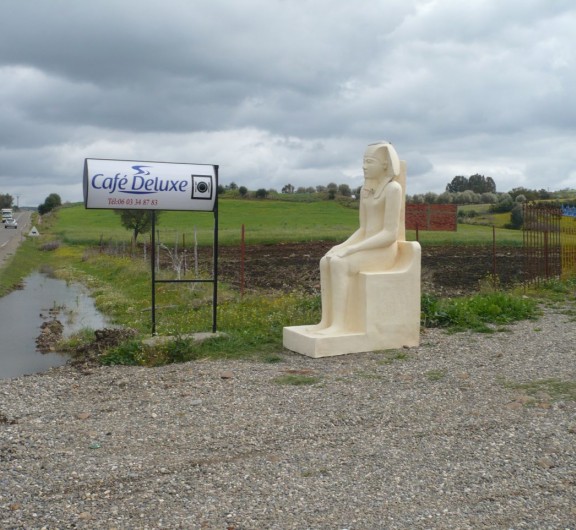
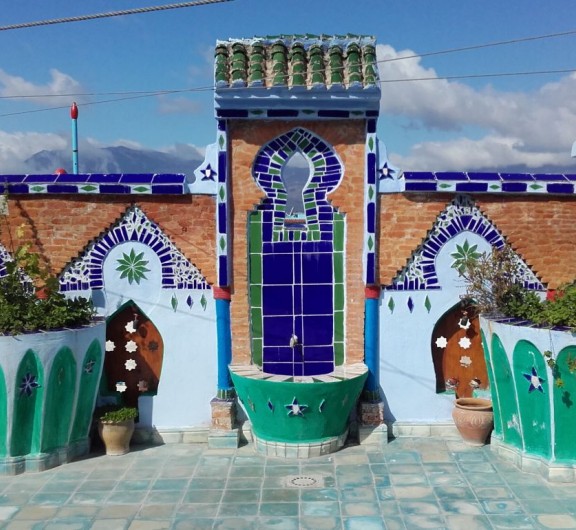
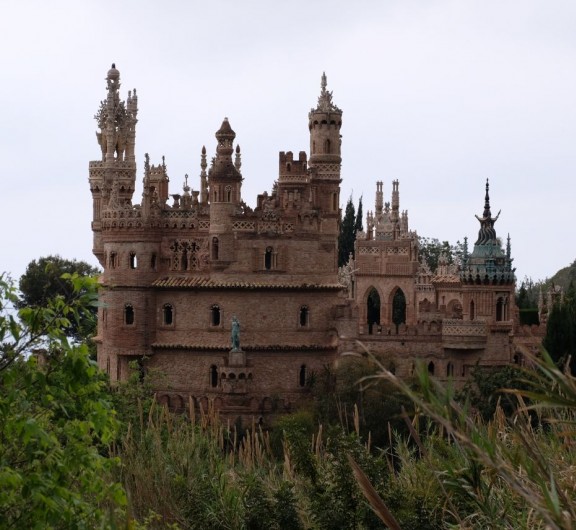

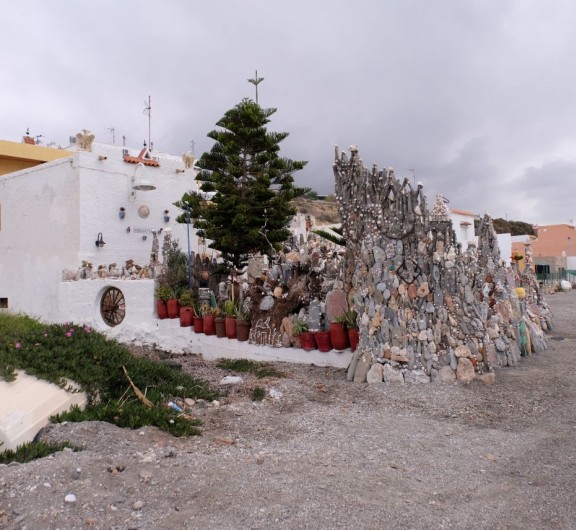
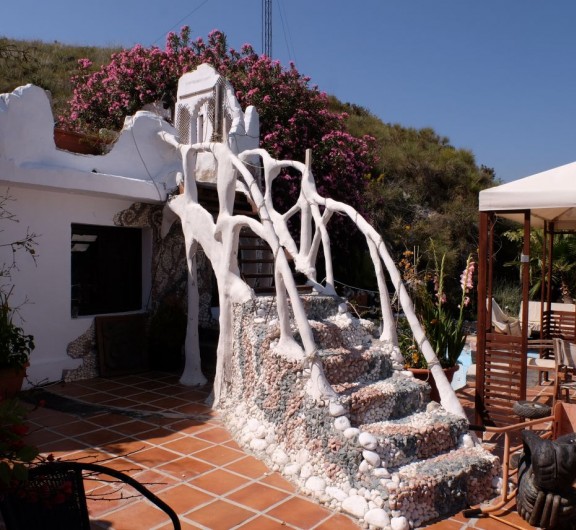

Post your comment
Comments
No one has commented on this page yet.